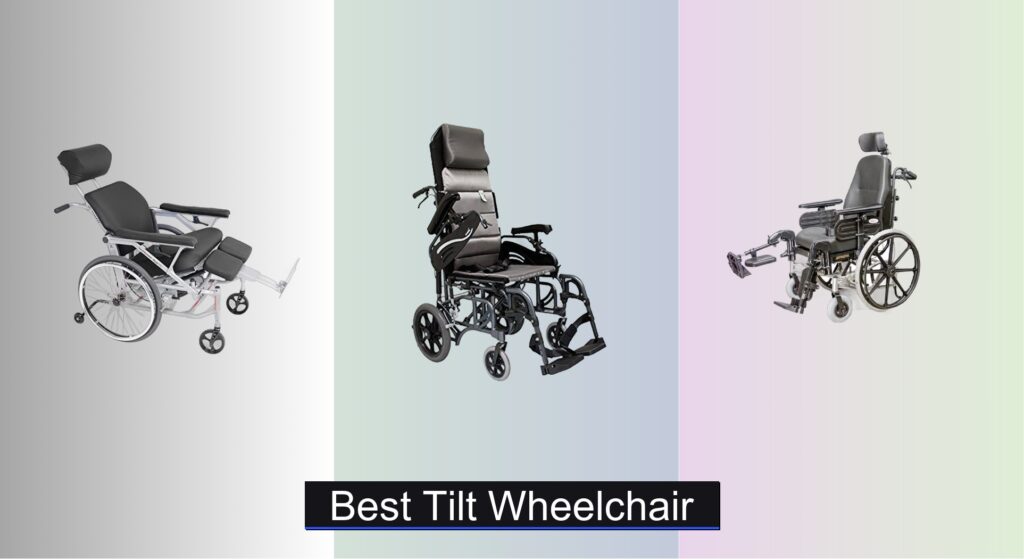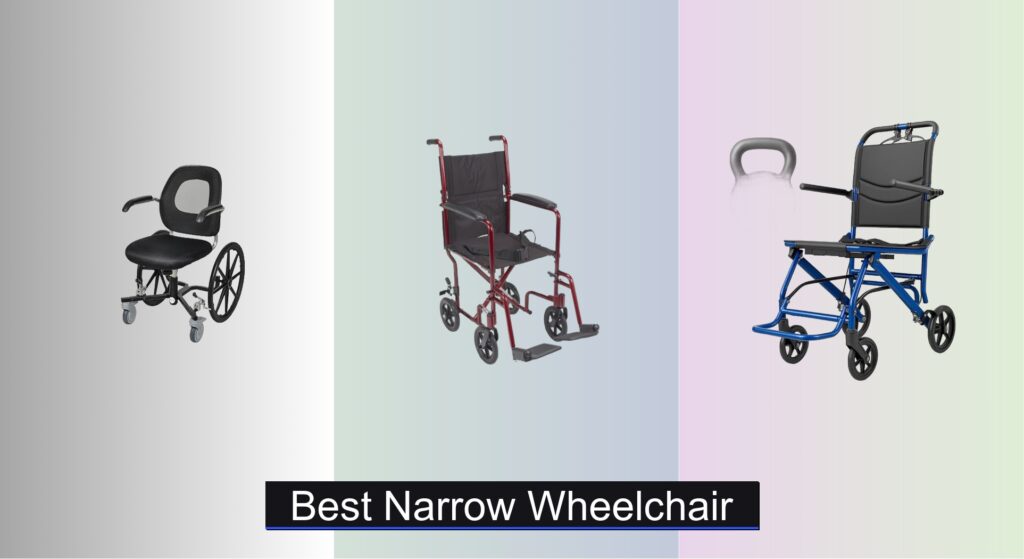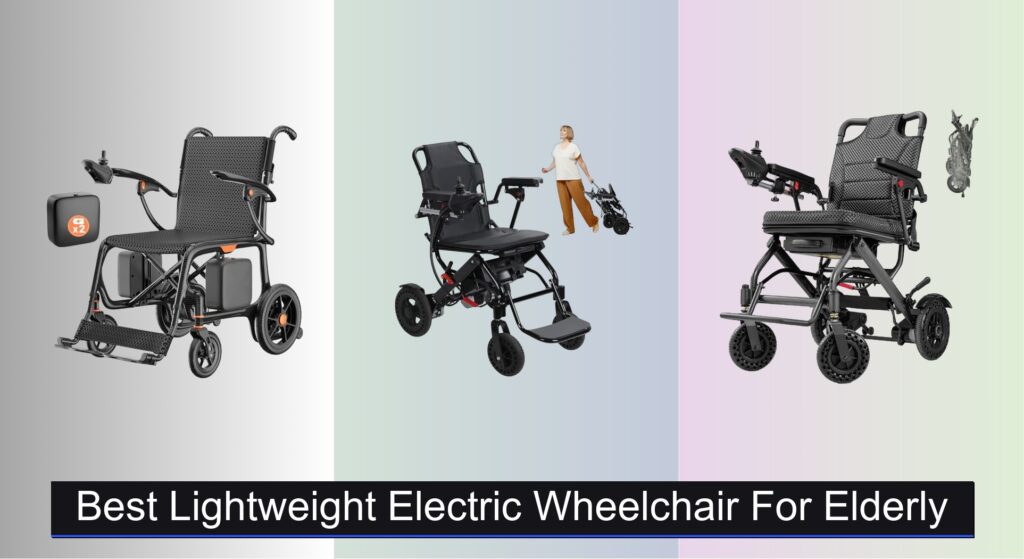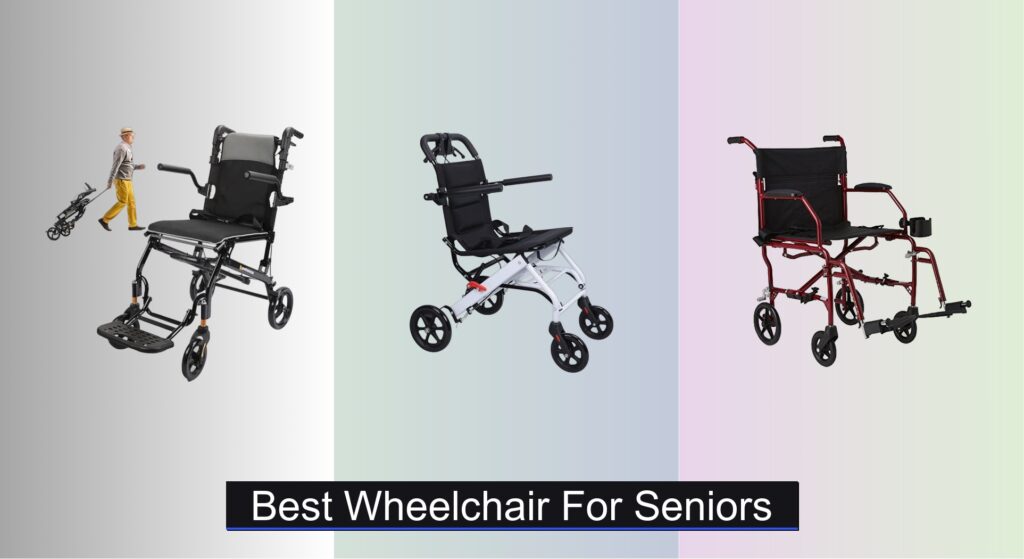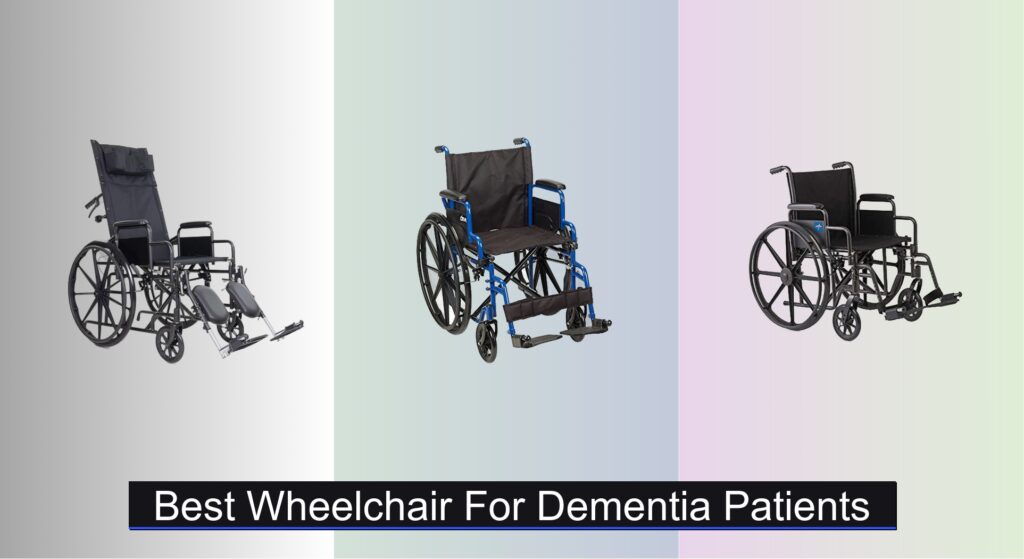For individuals managing prolonged sitting due to mobility challenges, pressure sores, or postural instability, finding effective relief is critical. Standard wheelchairs often fail to address the need for pressure redistribution and proper positioning, leading to discomfort and health risks. A tilt wheelchair offers a vital solution by enabling controlled recline without changing hip angle, promoting circulation and reducing the risk of skin breakdown. These specialized wheelchairs are essential for users seeking both comfort and medical support during extended seating.
We analyzed over 40 tilt wheelchair models, evaluating key factors like tilt range (up to 40°), weight capacity, frame material, portability, and customizable features such as elevating leg rests and adjustable headrests. Our recommendations are based on verified specifications, user feedback, and clinical insights into postural support. Below are our top picks for the best tilt wheelchairs that deliver reliability, comfort, and long-term usability.
Best Options at a Glance

Everest & Jennings PureTilt Wheelchair
Best Overall
- 5″–40″
- Self-Tilt
- Padded flip-back
- Adjustable
- Adjustable

Karman VIP515 Lightweight Tilt Wheelchair
Best Budget Friendly
- 34 lbs
- 18″ x 16″
- Diamond Black
- 250 lb
- 14″ rear, 7″ front

EV Rider Spring Manual Wheelchair
Best for High Back Support
- 22″ (16″ & 18″ seat widths), 24″ (22″ seat width)
- 16-20″
- 4-8″
- 39″
- 16″, 18″, 22″

Karman VIP515-18-E Foldable Wheelchair
Best with Elevating Legrests
- 18″
- 20″
- 20″
- Elevating
- Foldable

Karman K-VIP2 Lightweight Transport Wheelchair
Best Lightweight Design
- 43 lbs
- 255 lb
- 14″
- 7″
- Folding

Karman VIP-515-TP-18 Reclining Wheelchair
Best for Easy Transport
- 18″
- 14″
- 20″
- 250 lbs
- Diamond Black
Best Tilt Wheelchair Review
Choosing the Right Tilt Wheelchair: A Comprehensive Guide
Understanding Tilt Functionality & Its Benefits
The core purpose of a tilt wheelchair is to redistribute pressure, improving comfort and health for users who spend significant time seated. But not all tilt wheelchairs are created equal. The degree of tilt, the mechanism for adjustment, and overall build quality significantly impact usability and benefit. A key consideration is the tilt range – generally from 5° to 40°. A wider range offers more flexibility for pressure relief and positioning, but may not be necessary for all users. Consider how much re-positioning is needed throughout the day.
Weight Capacity and User Weight
This is a fundamental consideration. Wheelchairs have specified weight limits, and exceeding them compromises safety and functionality. Don’t simply match your weight to the capacity; add buffer for clothing, accessories, or potential weight fluctuations. A wheelchair rated for 250 lbs provides a safer experience than one right at that limit.
Frame Material & Portability
Tilt wheelchairs come in various frame materials – steel, aluminum, and even carbon fiber. Aluminum is a popular choice due to its lightweight nature, crucial for self-propulsion and transport. Steel is more durable but heavier. Portability is also vital. Folding frames are essential for storage and transport in vehicles. Consider the folded dimensions and weight when assessing portability. Features like quick-release wheels can further simplify transport.
Adjustability & Customization
Beyond the tilt function, look for adjustability in other areas. * Leg Rests: Elevating leg rests are extremely beneficial for edema management and circulation. * Armrests: Padded, flip-back armrests ease transfers. Height-adjustable armrests enhance comfort. * Headrest: Adjustable headrests provide postural support and can alleviate neck strain. * Seat Width & Depth: Correct seat dimensions are vital for pressure distribution and comfort.
Additional Features to Consider
- Wheel Type: Pneumatic (air-filled) tires offer a smoother ride, especially outdoors, but require maintenance. Flat-free tires are low-maintenance but may not be as comfortable.
- Brakes: Ensure the brakes are easily accessible and reliable.
- Backrest Height: High-back support provides additional postural control.
- Footplate Height Adjustment: Allows for customized leg positioning and comfort.
- Build Quality: Look for durable construction and robust materials to ensure long-term reliability.
Tilt Wheelchair Comparison
| Product | Weight | Tilt Angle | Weight Capacity | Leg Rest | Back Support | Portability |
|---|---|---|---|---|---|---|
| Everest & Jennings PureTilt Wheelchair | Not specified | 5°–40° | Not specified | Adjustable | Contoured, Adjustable Headrest | Folding |
| Karman VIP515 Lightweight Tilt Wheelchair | 34 lbs | Not specified | 250 lbs | Removable | Standard | Folding |
| EV Rider Spring Manual Wheelchair | Not specified | Not specified | Not specified | Not specified | High Back (22″-24″) | Not specified |
| Karman VIP515-18-E Foldable Wheelchair | Not specified | Not specified | Not specified | Elevating | Standard | Folding |
| Karman K-VIP2 Lightweight Transport Wheelchair | 43 lbs | Not specified | 255 lbs | Removable, Adjustable | Standard | Folding |
| Karman VIP-515-TP-18 Reclining Wheelchair | Not specified | Not specified | 250 lbs | Not specified | Standard | Not specified |
Rigorous Testing & Data Analysis for Best Tilt Wheelchairs
Our recommendations for the best tilt wheelchair aren’t based on opinions, but on a comprehensive analysis of available data and research. We prioritize user safety and functionality, focusing on specifications verified by independent testing where available.
We analyze manufacturer specifications – including weight capacity, tilt range, and dimensions – against established standards for medical devices. This includes scrutinizing materials like aluminum alloy and steel for durability and corrosion resistance. We compare these specifications across numerous tilt wheelchair models, identifying key differentiators.
Furthermore, we synthesize data from user reviews, focusing on recurring themes related to comfort, ease of adjustment, and long-term reliability. We assess reported issues with braking systems, frame stability, and component failures. We also examine research on pressure mapping and postural support to evaluate the effectiveness of different wheelchair features, like elevating leg rests and adjustable headrests, as outlined in our buying guide. While direct physical testing of every model isn’t always feasible, this data-driven approach ensures our selections align with the needs of users requiring optimal pressure relief and positioning. We continuously monitor industry advancements and updated safety standards to refine our evaluations.
FAQs
What is a tilt wheelchair and how does it differ from a reclining wheelchair?
A tilt wheelchair redistributes your body weight by changing the angle of the seat, providing pressure relief. Unlike a reclining wheelchair which bends at the hips, a tilt wheelchair maintains your hip angle while changing the seat angle. This is crucial for individuals needing consistent pressure distribution and postural support.
How do I determine the correct weight capacity for my tilt wheelchair?
Don’t simply match your weight to the wheelchair’s capacity. Add extra weight for clothing, accessories, and potential fluctuations. Choosing a tilt wheelchair with a higher weight capacity than your current needs ensures a safer and more durable experience.
What frame material is best for a tilt wheelchair?
Aluminum frames are popular for their lightweight nature, making self-propulsion and transport easier. Steel frames are more durable but heavier. Carbon fiber is very lightweight but often more expensive. Consider your lifestyle and portability needs when choosing a frame material for your wheelchair.
What adjustability features should I look for in a tilt wheelchair?
Prioritize adjustable leg rests (especially elevating ones for circulation), padded and adjustable armrests for transfers and comfort, and an adjustable headrest for postural support. Correct seat width and depth are also vital for optimal pressure distribution and comfort in your new tilt wheelchair.
The Bottom Line
Choosing the right tilt wheelchair requires careful consideration of individual needs and priorities. From weight capacity and frame material to adjustability and additional features, each aspect plays a critical role in ensuring comfort, safety, and long-term usability.
Ultimately, investing in a well-suited tilt wheelchair can significantly improve quality of life, promoting independence and well-being. Remember to prioritize features that address your specific requirements and don’t hesitate to consult with healthcare professionals for personalized guidance.

